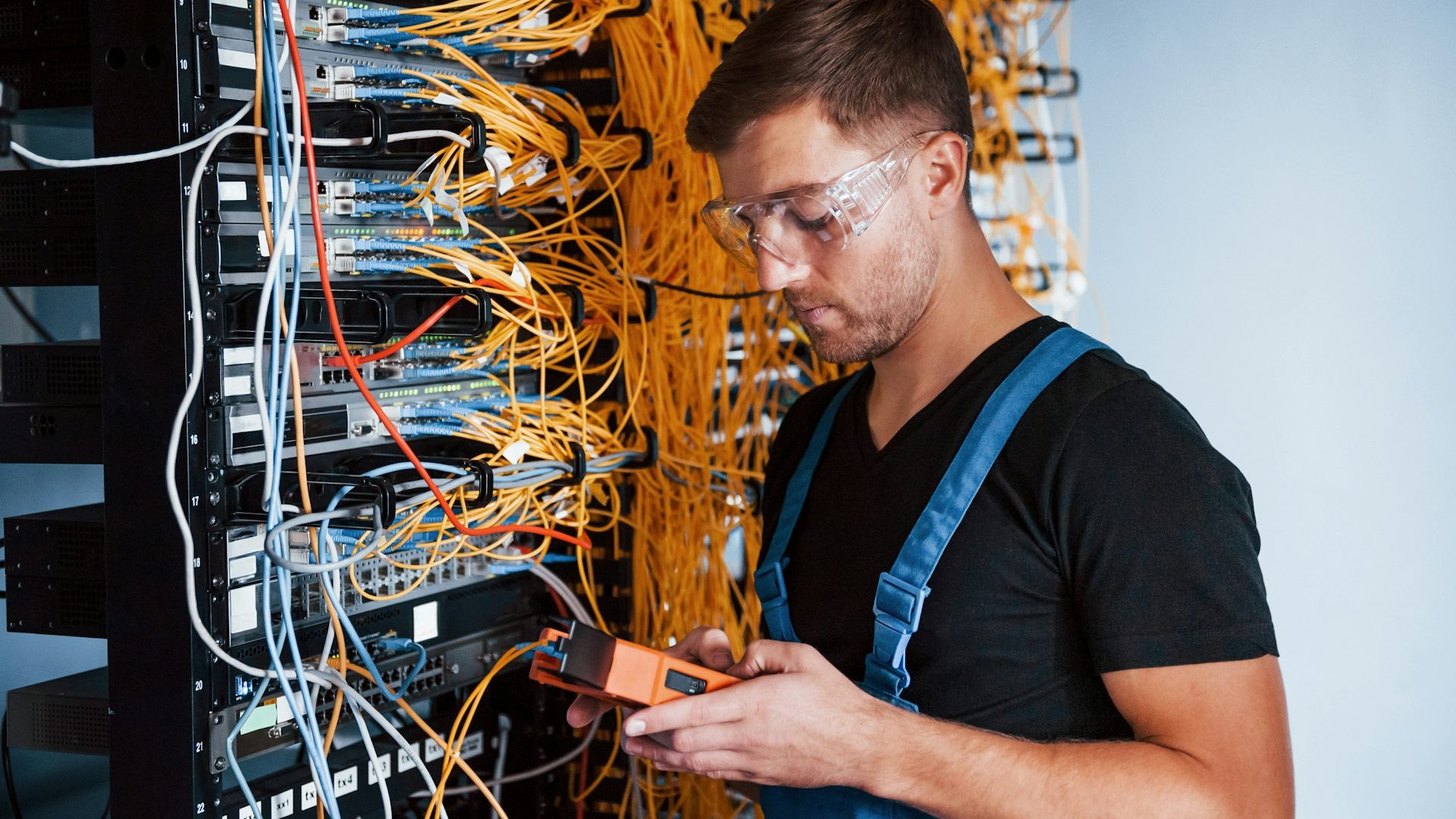As businesses grapple with an ever-increasing reliance on technology and connectivity, the underlying cabling infrastructure often serves as the backbone for organizations’ network and communication systems. An organized, scalable, and efficient cabling infrastructure is paramount to ensuring seamless communication, data transmission, and network stability. For companies looking to optimize their cabling systems, implementing a structured cabling solution is the key to unlocking enhanced connectivity and efficient network performance.
Structured cabling is a comprehensive system of cables and associated hardware designed to provide a standardized approach to connecting an organization’s data, voice, and multimedia technologies. By providing a flexible, easily manageable, and future-proof architecture, structured cabling solutions bring order and coherence to the traditionally complex and disorganized world of cabling systems. As organizations expand and adapt to emerging technologies, robust and scalable cabling infrastructures are critical to support growth and ensure seamless connectivity.
In this informative and detailed blog post, we will elucidate the components, advantages, and importance of structured cabling systems in modern businesses. We will discuss how a well-designed structured cabling system can minimize downtime, simplify maintenance, reduce clutter, and lay the foundation for your organization’s digital infrastructure. Understanding the essential elements, such as the entrance facility, vertical and horizontal backbone pathways, and telecommunications rooms, will give you a better grasp of how an organized and efficient cabling infrastructure operates.
Understanding the Components of Structured Cabling Systems
Structured cabling systems comprise several essential elements designed to work harmoniously, lending order and efficiency to your organization’s connectivity:
1. Entrance Facility: The entrance facility is the demarcation point between an organization’s internal cabling system and the external network provided by a telecommunications service provider. This is where the external network feeds into the building’s structured cabling infrastructure.
2. Backbone Cabling: Also known as the vertical cabling system, backbone cabling links the entrance facility, telecommunications rooms, and equipment rooms. It serves as the main conduit for transmitting data and communication signals between different floors or buildings.
3. Telecommunications Rooms: These rooms house the equipment, such as switches and patch panels, required for distributing network connectivity throughout the facility. Each building floor typically has its telecommunications room linked to the backbone cabling.
4. Horizontal Cabling: The horizontal cabling system connects individual workstations, devices, and outlets to their respective telecommunications room. It runs from the telecommunications room to individual rooms or office spaces and typically utilizes copper or fibre-optic cables.
Advantages of Implementing Structured Cabling Solutions
By adopting an organized and standardized approach to cabling infrastructure, structured cabling systems provide an array of benefits for modern organizations:
1. Enhanced Network Performance: A well-designed structured cabling system ensures optimal network performance by minimizing data loss, reducing interference, and mitigating congestion, enabling faster and more reliable data transmission.
2. Scalability and Future-Proofing: Structured cabling systems are designed for easy upgrades and expansions, allowing your organization to accommodate emerging technologies and evolving connectivity requirements without disruptive infrastructure overhauls.
3. Streamlined Troubleshooting and Maintenance: Organized and standardized cabling systems simplify identifying and diagnosing issues, reducing downtime and maintenance costs.
4. Reduced Clutter and Improved Aesthetics: Structured cabling solutions utilize a systematic approach, eliminating the unsightly tangle of wires and cables that often plague traditional cabling systems.
The Importance of Partnering with a Reputable Service Provider
Implementing and maintaining a structured cabling system requires a high level of expertise and experience. Partnering with a reputable service provider like TP Communications guarantees an organized and efficient cabling infrastructure tailored to your organization’s needs:
1. Customized Design: TP Communications experts work closely with your organization to evaluate your connectivity requirements and design a structured cabling system tailored to your specific needs. They consider building layout, projected growth, and current and future technologies to create a customized and cohesive infrastructure plan.
2. Expert Installation: With a team of highly skilled technicians, TP Communications ensures a seamless and professional installation process for your structured cabling system. They adhere to industry standards, ensuring your cabling infrastructure is both compliant and optimized.
3. Maintenance and Support: TP Communications provides ongoing support and maintenance services to ensure your structured cabling system’s seamless functionality and longevity. By offering timely updates, routine inspections, and efficient troubleshooting, they keep your organization’s connectivity operating at peak performance.
4. Industry Expertise: With over 25 years of experience helping organizations navigate technology, TP Communications brings the knowledge, resources, and proficiency required to guide your organization through the complex world of structured cabling systems.
Implementing Structured Cabling Solutions with TP Communications: A Step-by-Step Guide
1. Assessment and Planning: TP Communications initiates the process by thoroughly assessing your organization’s needs, building layout, and current cabling infrastructure. Following the assessment, they develop a structured cabling design plan tailored to your requirements.
2. Infrastructure Installation: TP Communications technicians expertly install network components, such as cables, patch panels, and other associated hardware. The installation involves laying out vertical and horizontal pathways, wiring telecommunications rooms, and connecting workstations and devices.
3. Testing and Validation: After installation, TP Communications tests the new cabling infrastructure to ensure optimal connectivity, speed, and performance. This process guarantees that the cabling system is fully functional and ready for use.
4. Training and Support: TP Communications offers comprehensive training to end-users, ensuring your organization can make the most of its new structured cabling system. They also provide ongoing support and maintenance services to keep your infrastructure running smoothly.
Conclusion
In an era where connectivity is key, implementing a structured cabling system is essential for optimizing your organization’s network performance, manageability, and future growth potential. By partnering with a reputable and experienced service provider like TP Communications, your business can seamlessly transition to an organized and efficient cabling infrastructure tailored to your unique needs.
Don’t let a disorganized and outdated cabling system hold your organization back. Embrace the advantages of structured cabling and elevate your organization’s connectivity with expert solutions from TP Communications. The future of your organization’s network performance lies in structured cabling—harness its power today.




